New Boston Historical Society
New Boston, New Hampshire
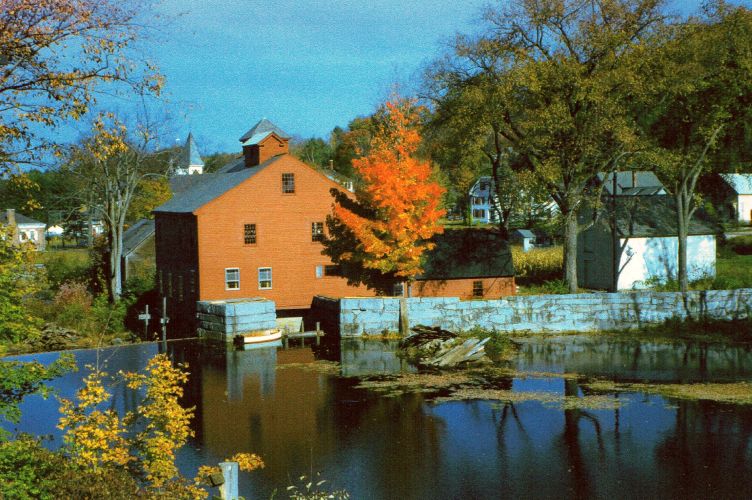
The Red Mill in 1954
Behind the Door: 14 Mill Street
"Parker Mill: Living on the Piscataquog"
by Gail Parker (June 2024)
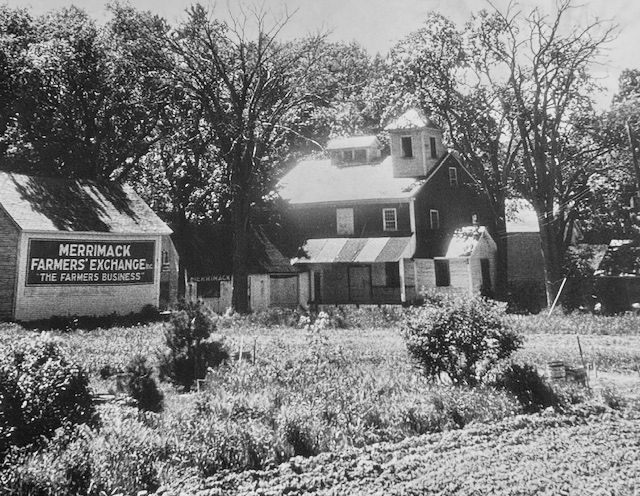
The mill when Randy and Gail Parker bought it in 1961
Lincoln sold the property listed as "corn mill and dam" to William Dodge from Massachusetts. Immediately, water-rights battles arose between the grist-mill faction and the owners of two mills across the dam, both involved in cloth weaving and dyeing. Through the 1800s, various owners processed corn and wheat into flour and the grist mill had many names. As Wallace's Grain-Mill it "waxed old," according to one town history.
Coming to the rescue was New Boston's imaginative entrepreneur, J.R. Whipple, owner of three Boston hotels and local farms that supplied quantities of milk, meat, and produce. To transport these fresh products, Whipple constructed the New Boston Railroad along the Piscataquog River to Goffstown. The train made a daily round trip to Boston for 30 years.
While restoring the grist mill, Whipple built an impressive stone retaining wall to enlarge the mill pond and provide flood protection for the center of town. A 12-inch pipe was laid under Mill Street to supply water to the Whipple Creamery and to town fire hydrants installed after the Fire of 1887. The mill and its outbuildings were not affected by the fire.
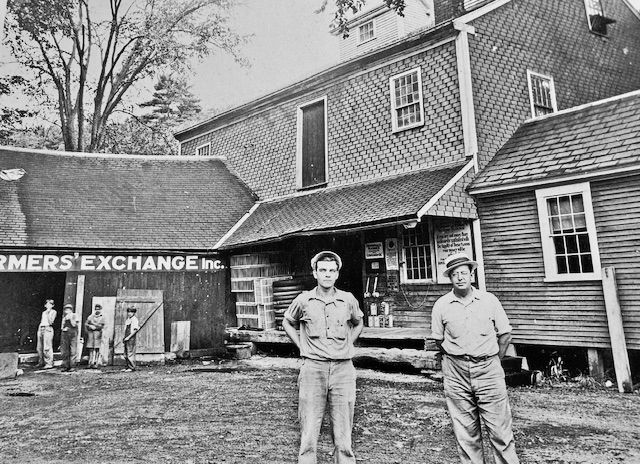
Paul Saltmarsh (right) and a helper in the 1950s
French "buhr" millstones are installed in the mill kitchen; an 8-foot by 4-foot flour sifter rests in the attic. Red-pine beams frame and support the 10-foot-high ceiling that emphasizes the downstairs open space. Instead of an outside water wheel, milling operations utilized water turbines; their iron parts are rusting in the basement. Questions are often asked about water in the basement and floods…there is always water in the basement, necessary for mill operations. Ruth Saltmarsh, longtime resident on Mill Street, told about the hurricane of 1938 when water inundated the town center, but "The floor of the mill was dry."
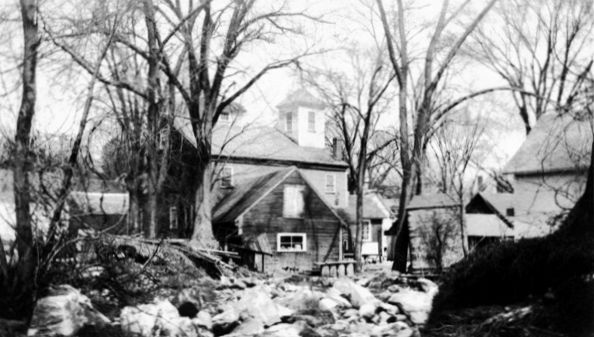
After the Flood of 1936 — before the Hurricane of 1938
The 200-year-old wooden dam washed out in October 1996, spreading debris downriver.
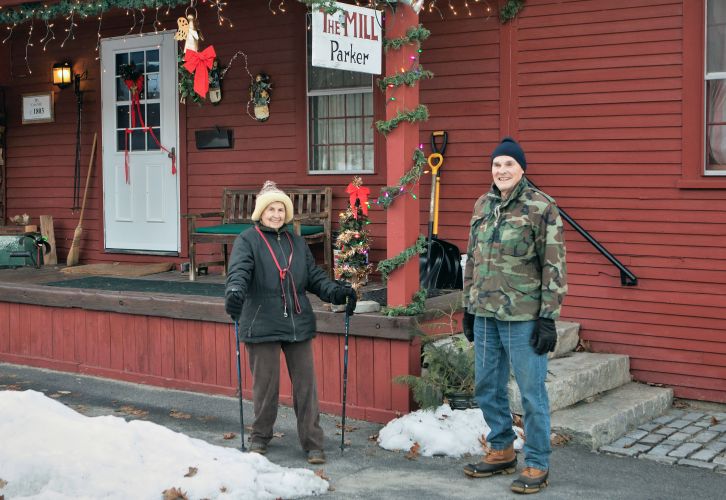
Gail and Randy Parker in 2018 — photo by their son Matt
Click here to return to the main page for "Behind the Door" articles.
